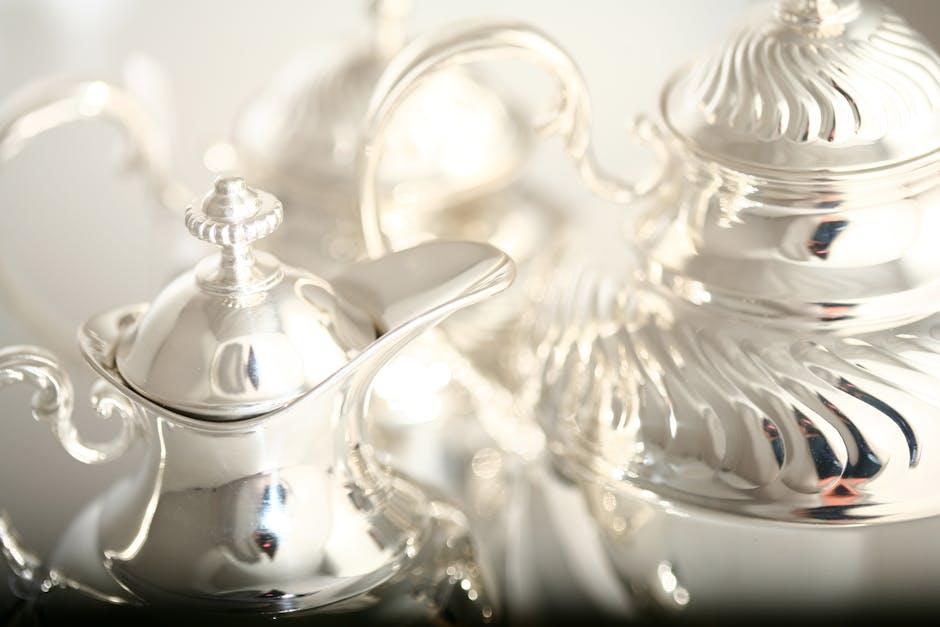Lux vs. Lumens and Explaining Other Lighting Gear Terms as You Shop (2024)
In today’s world, the lighting industry has evolved and expanded significantly, offering a wide range of lighting gear with various terminologies. When shopping for lighting equipment, it is crucial to understand the terminology used to make an informed decision. Two of the most commonly misunderstood terms are lux and lumens. Additionally, there are other important lighting gear terms that might confuse consumers. Let’s dive into these terms and unravel the mysteries while understanding their significance in 2024.
Lux and lumens are both measurements used to quantify light, but they measure different aspects of lighting. Lux is a unit of measurement used to determine the level of illumination on a surface or an area. It tells us how many lumens are distributed over a given area. In simpler terms, lux measures the intensity or brightness of the light falling on an object. On the other hand, lumens measure the total amount of light output from a light source, regardless of its distribution or where it falls. In other words, lumens measure the total amount of light emitted by a lamp or fixture.
Understanding the difference between lux and lumens is crucial when choosing lighting gear. For example, when illuminating a large area, you would want a high lumen output to ensure sufficient brightness. However, if you are focused on a specific area, such as a reading nook, you would want to consider the lux level to ensure adequate illumination on a particular spot.
As we delve further into the world of lighting gear, several other terms can challenge even the most experienced shoppers. Let’s explore some of these terms and their significance:
1. Color Temperature: This term refers to the color appearance of light, measured in Kelvin (K). Higher Kelvin values result in cooler, bluish light, while lower Kelvin values produce warmer, yellowish light. Understanding color temperature is essential when creating a desired ambiance or replicating natural light.
2. CRI (Color Rendering Index): CRI measures how accurately a light source displays colors when compared to natural light. The scale ranges from 0 to 100, with higher values indicating better color accuracy. For environments where color accuracy is essential, such as in galleries or retail spaces, a high CRI is crucial.
3. Beam Angle: Beam angle determines the spread of light from a light source. A narrow beam angle directs light in a concentrated, spotlight-like manner, while a wide beam angle spreads light across a larger area. The beam angle is important to consider when you want to focus the light or illuminate an expansive space.
4. Wattage: While traditionally used as a measure of power consumption, wattage in lighting terminology has evolved to represent the light output as well. This term is important to consider when comparing the efficiency of different lighting options, as lower wattages can provide equivalent or higher lumen outputs, resulting in energy savings.
5. Dimmability: Dimmable lighting gear allows the user to adjust the brightness level according to their preference or specific requirements. It’s important to check if the lighting gear you are considering is compatible with dimming switches or control systems if dimming capabilities are desired.
By familiarizing yourself with these terms, you can make more informed choices when purchasing lighting gear. In 2024, as technology continues to advance, we can expect more innovative lighting options to hit the market. Understanding the terminology will help you navigate the vast landscape of lighting gear and select the most suitable options for your specific lighting needs.
In conclusion, lux and lumens are essential measurements when it comes to understanding the brightness and intensity of light. By grasping these terms, along with other important lighting gear terminologies such as color temperature, CRI, beam angle, wattage, and dimmability, shoppers can confidently select the right lighting gear. So, the next time you find yourself shopping for lighting equipment, arm yourself with knowledge and make your decision wisely.
Hey Subscribe to our newsletter for more articles like this directly to your email.
